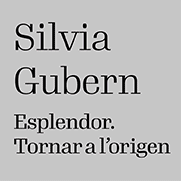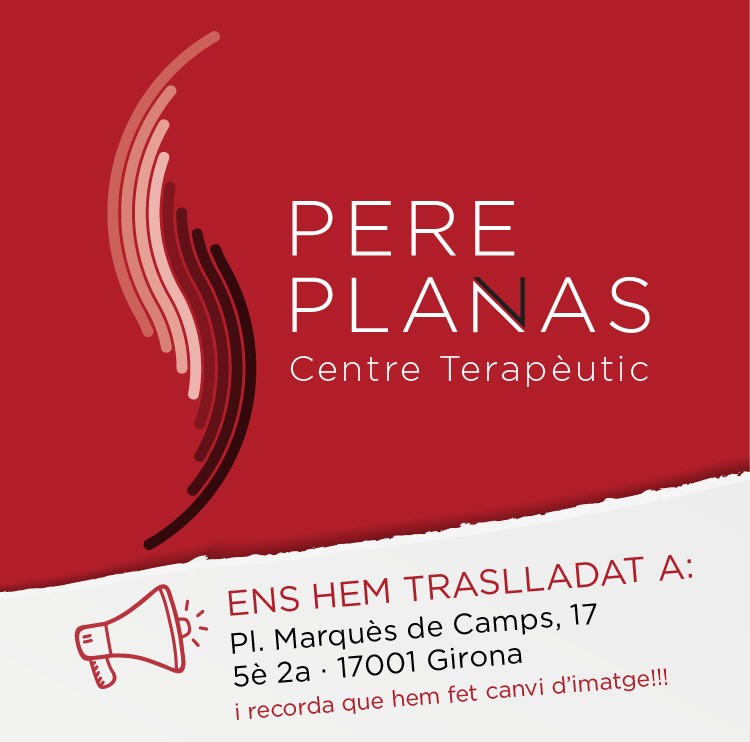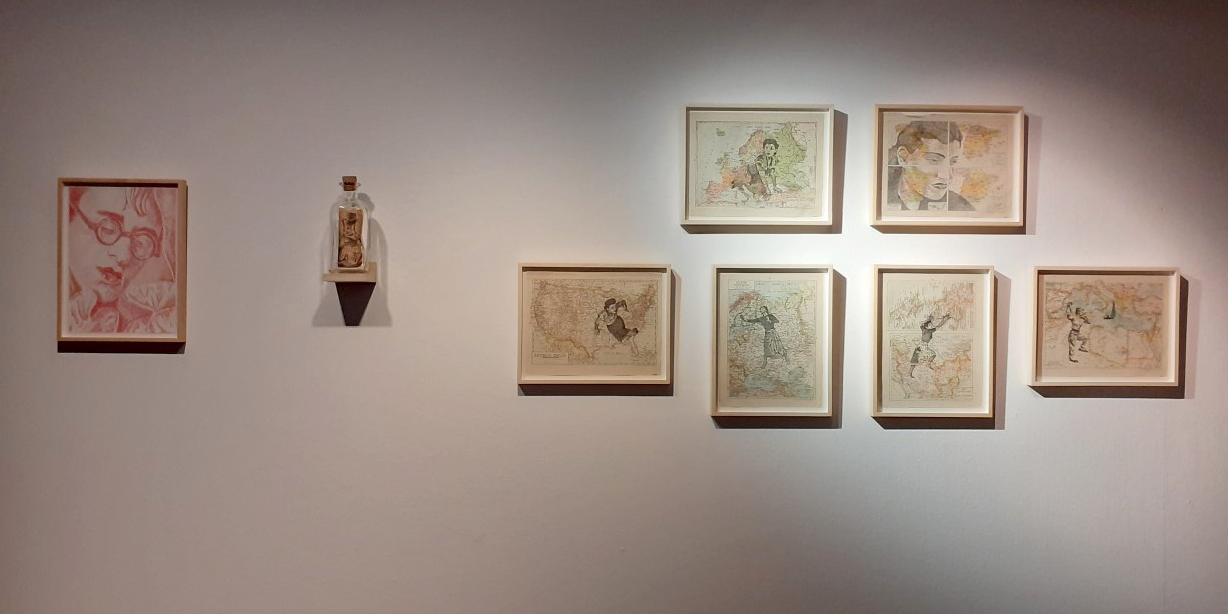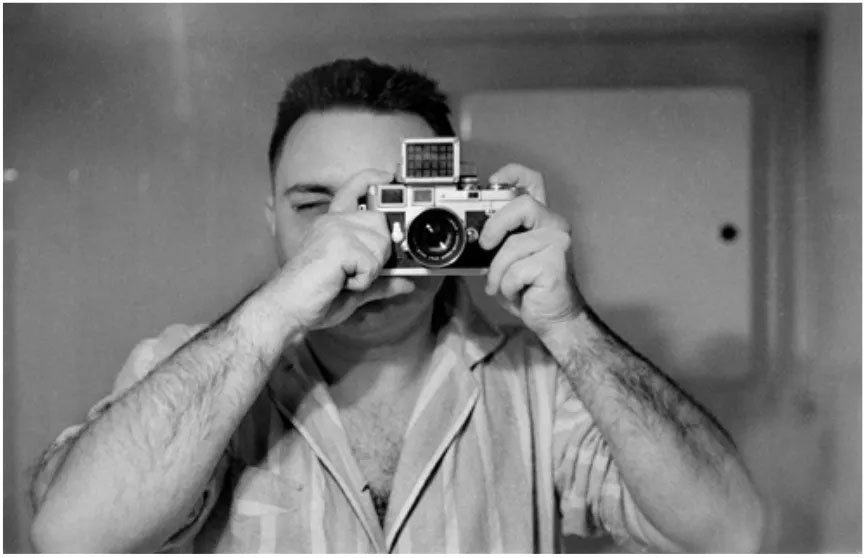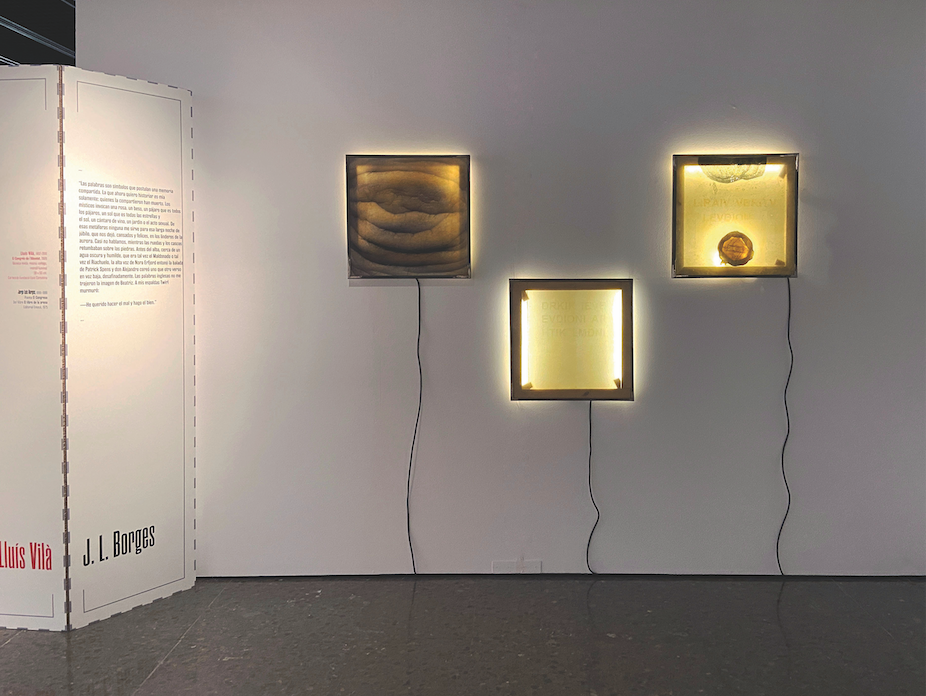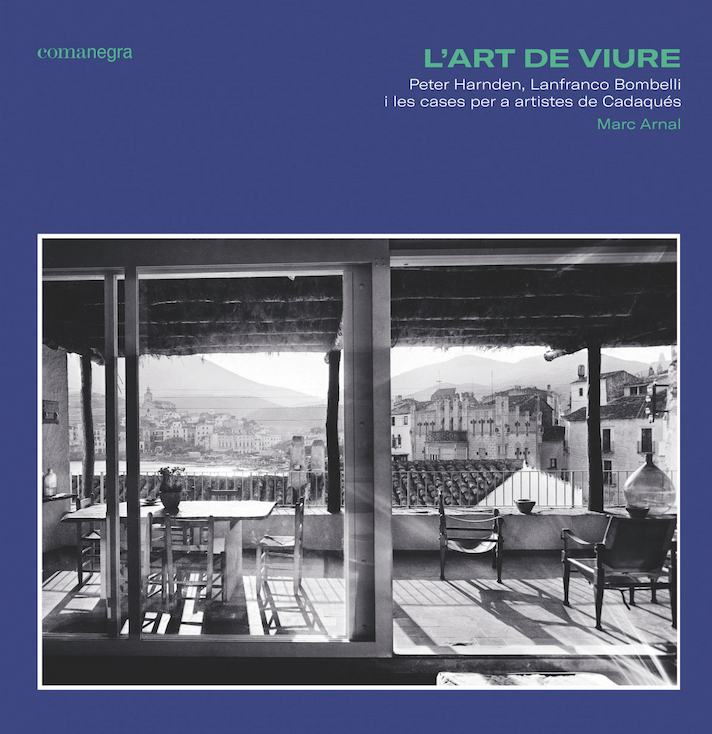Exhibitions
The Tomás y Valiente Art Center (CEART) hosts Brossa Total
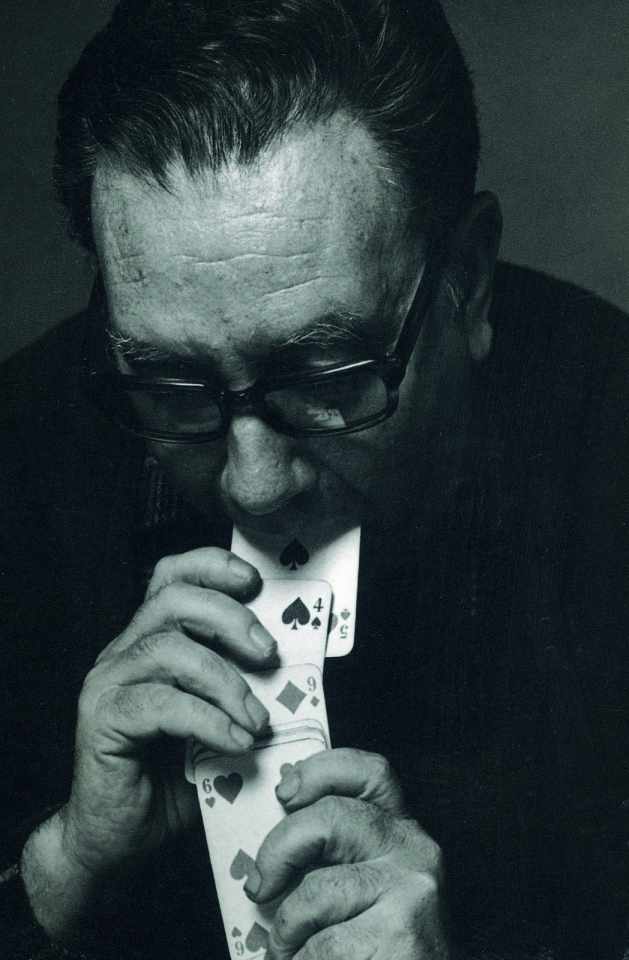
The Tomás y Valiente Art Center (CEART), in collaboration with the Joan Brossa Foundation and the Miguel Marcos Gallery, presents the Brossa Total exhibition, which can be visited from January 28 to April 24, 2022. Curator by Enrique Juncosa (former Deputy Director of the Reina Sofía Museum and IVAM, and Director of the Irish Museum of Modern Art in Dublin), Brossa Total exhibits some 100 works, including Books, Posters and Graphic , Visual Poems, Poems Objects and Installations, articulated precisely under these headings. The selection will take into account the versatile and multidisciplinary nature of Joan Brossa's work throughout his life. The exhibition is accompanied by film screenings, theatrical performances and lectures, once again emphasizing the aforementioned multidisciplinary aspect. Many of the works on display belong to the collection of the gallery owner Miguel Marcos, who has been representing Brossa's work since the 1990s, although some loans from large public and private collections are also included. The participation of the Joan Brossa Foundation has been fundamental in this project, collaborating in all aspects of the exhibition, but especially in the theatrical and cinematographic contribution of Brossa's work.
Joan Brossa (1919-1998) is one of the most unique figures in the effervescent and creative Catalan culture of the mid-20th century, that generation full of universal names. Born in Barcelona, during his youth he met the poet JV Foix and the artist Joan Miró, and from that moment on he moved both in the literary and artistic circuits. He will soon read the writings of Sigmund Freud, who had previously influenced the Surrealists. In 1948, he took part in the creation of the magazine Dau al Set, with the painters Modest Cuixart, Joan Ponç, Antoni Tàpies and Joan Josep Tharrats, and the critic Arnau Puig. Later the name of Juan Eduardo Cirlot is added, writer and musician. Dau al Set, is the first avant-garde nucleus to emerge in Franco's Spain, defending both political commitment and formal experimentation. At that time, Brossa also met the Brazilian poet João Cabral de Melo, who introduced him to Marxist thought. Joan Brossa, one of his most celebrated books, was published in 1951. However, although he was a very prolific author, many of his books of poems and plays will not be published until the 1970s.
Brossa was interested in topics as diverse as magic, circus, oriental philosophies, poetry and calligrams by Mallarmé and Apollinaire, cabarets, traditional metrics, cinema and popular culture, psychoanalysis, struggle. politics or humor. In addition to poetry and theater, he wrote booklets for operas and screenplays. His experimental theater, which began in the 1940s, can be seen as a forerunner of happening and performance. The calligram would take him to the visual poem, which is one of the most outstanding aspects of his work, and from there to the objects, actions or large late installations. Throughout his career, Brossa also collaborated with many other artists, musicians and filmmakers, such as the aforementioned Miró and Tàpies, with other collaborators of Dau al Set, as well as Josep Maria Mestres Quadreny, Carles Santos , Frederic Amat, Eduardo Chillida, Pere Portabella, Moisès Villèlia, Manel Esclusa or Perejaume. Among them, the collaborations he made with Tàpies stand out, with whom he signed several artist books, including some mythical ones such as: El pa a la barca (1963), Novel·la (1965), Frègoli (1969), Morning Night (1970), No One (1979) or Wagner Street (1989). In addition to his poetry and theater, Brossa is the author of an extraordinary visual sculptural work, which became known, above all, in the late eighties. The Reina Sofia Museum in Madrid dedicated a major retrospective to him in 1991, which spanned fifty years, and in 1997 his work was presented at the Spanish Pavilion of the Venice Biennale.


